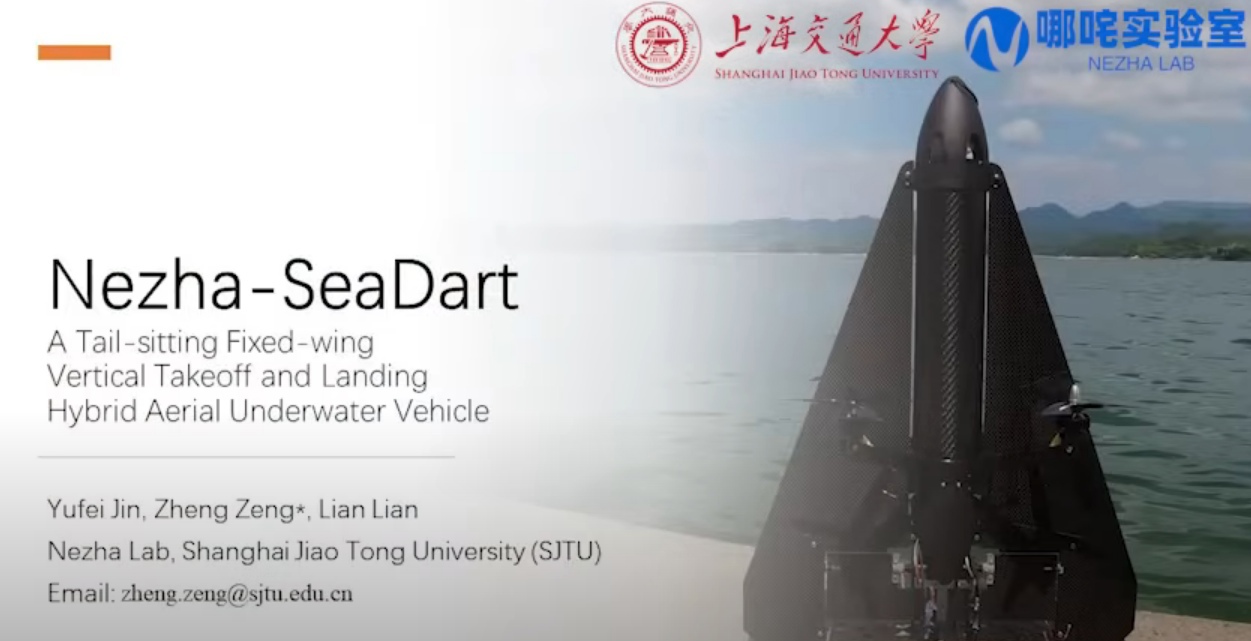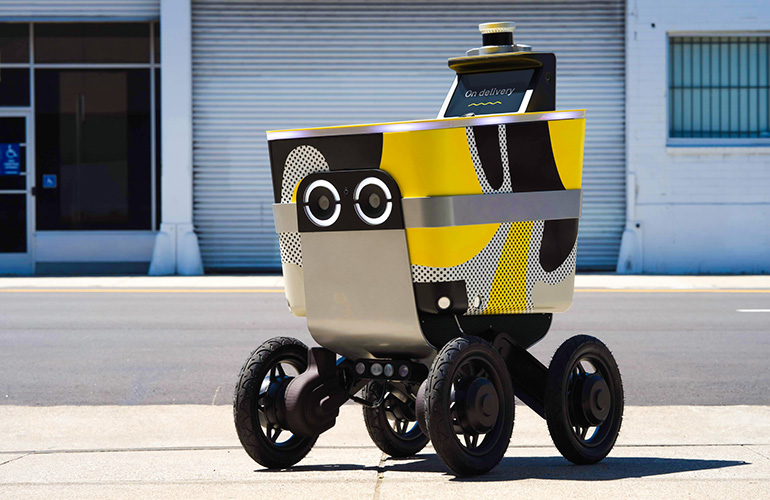Netflix took a revolutionary step by employing generative artificial intelligence (AI) to produce special effects for its show "El Eternauta." Viewers saw for the first time a scene depicting a building collapse, entirely created by AI, which shortened production time and costs by tenfold.
This case ignited discussions regarding the role of AI in cinematography. Although Netflix executives insist that AI usage enhances film quality and creativity, many professionals express concern about losing jobs and diminishing creative uniqueness.
Employing generative AI indeed drastically reduces film production costs. Traditionally, creating high-quality special effects requires extensive resources, whereas AI offers instant synthesis of images and scenes approaching the level of conventional computer graphics.
Despite the advantages, implementing AI raises several issues. Many filmmakers fear excessive reliance on algorithms will erode artistic control over the creative process. Some critics argue that viewers appreciate not merely the effects themselves but the emotions and creative intent behind them, elements that are harder to convey artificially.
Another issue relates to intellectual property rights. Since generative models are trained on existing works of art, there's a risk of violating copyright laws. Consequently, lawmakers haven't yet formulated adequate regulations governing AI use in creative industries.
Meanwhile, financial indicators reveal that Netflix's decision proved beneficial. During the second quarter of 2025, the company's revenues grew by 16%, exceeding 95 billion viewing hours, with one-third coming from international markets.
Thus, Netflix sets an example illustrating profound transformations in filmmaking. The use of generative AI gradually becomes standard practice, although accompanied by serious ethical considerations and necessitating legislative updates. Further developments will determine society's readiness to accept a new era of cinema evolution, driven by the interplay of creativity and computational power.


















